History Of The LUNA Coin. How Did She Work?
Today we will analyze the history of the LUNA coin, which has become a milestone for the entire crypto industry; in total, about 60 billion dollars were lost overnight!
Terra was created in 2018 by two South Koreans, Do Kwon, and Daniel Shin. As planned, it was a decentralized payment system for making fast and cheap transactions, specializing in operations with stablecoins (cryptocurrency linked to fiat).

And in August 2018, they held a round of primary funding, on which, as planned, they raised the necessary $32 million. Interestingly, one of the early investors was the well-known Binance, Huobi, and OKX (at that time, OKEx)!
A feature of the blockchain project was a non-standard market entry campaign – the integration of the payment system into a global alliance of partners in the field of e-commerce. It includes 16 firms; their activities cover 40 countries. Moreover, the only Asian platforms that abandoned the idea of introducing stablecoins from Terra were modern e-commerce giants – Amazon and Alibaba.

So why did such a successful project, which gathered large companies around it, suddenly fail? You will find the answer in this article.
What is the Terra ecosystem, and how does it work?

The LUNA coin cannot be considered in isolation from the entire Terra ecosystem, as it was an essential link in all processes. The ecosystem was aimed at enabling businesses and individuals to reduce transaction costs through blockchain technology. And investors will be able to hedge risks using stablecoins.
Components of the Terra ecosystem:
- Blockchain oracles. They received information that was further used in smart contracts.
- Mechanisms for securing coins.
- Smart contracts for processing transactions.
- DeFi platforms, and Dapps, running on top of the leading network.
The decentralized protocol at the heart of the Terra ecosystem allowed the creation of algorithmic stablecoins. Those. The binding of the token rate to the rate of fiat currency (dollars, euros, rubles) was ensured by strict rules and software and not by cash itself. These coins were not backed by real money or gold reserves.
Thus, the first stablecoins were issued, and now there are already dozens of them:
- UST;
- SDT;
- KRT;
So what does LUNA have to do with it? And everything is straightforward; stablecoins are mined by burning the LUNA coin.
LUNA is the governance token of the Terra project. With its help, the volatility of the stablecoin rate is regulated; in other words, it stabilizes their speed. It is also used to maintain the operation of the platform, and it pays rewards to transaction validators. Subsequently, the coin became known as Terra Luna Classic, but we will discuss this next time.

We have analyzed the coins involved, and now let’s move on to the principle of operation. Terra has created two pools, one for Terra and one for LUNA. Users burn one coin to get a second, and vice versa. This creates a supply/demand equilibrium and leads to stablecoin price stabilization.
For example, if the LUNA token rate is $30 and you want to exchange 150 UST, you will receive 5 LUNA coins, and 150 UST will be “burned.” And vice versa, when trading LUNA – UST, you will receive 150 UST, and 5 LUNA will “burn.” In other words, they disappear forever from the blockchain.
As a result, two situations may arise:
- The price of Terra is higher than the fiat to which it is pegged, supply is low, and demand is high. The protocol will incentivize investors to burn Luna and mine the stablecoin. Newly issued coins will increase the Terra pool and equalize supply and demand. Users will start creating even more stablecoins until the fiat-worthy price is reached. At the same time, the collection of the management coin will decrease, and its rate will increase.
- Terra price is lower than fiat currency, supply is high, and demand is low. Users will start destroying stablecoins and getting Luna. This will lead to a shortage of Terra and an increase in the price. This will continue until the exchange rate stabilizes. Luna’s pool will rise, and its price will fall.
An algorithmic module was introduced to stimulate production or flaring through arbitrage to maintain this balance. As an example of arbitrage, consider the following situation:
- You saw that the exchange rate on UST became $0.98 and bought a token;
- Then they swapped it to LUNA;
- And they earned $0.02 because, in any case, for LUNA, the UST coin is always equal to $1;
- And through such transactions by users, the stablecoin rate will again become $ 1.

Already at this stage, you might have questions about whether this principle will work in real life. Since, in words, it is too perfect, and the prospects are vague. But oddly enough, it worked for a long time. About Terra Luna, Classic news will be in the following parts about LUNA!

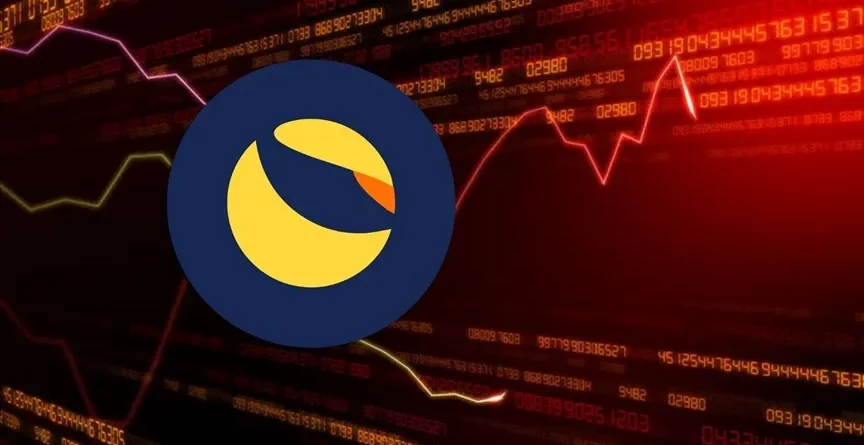
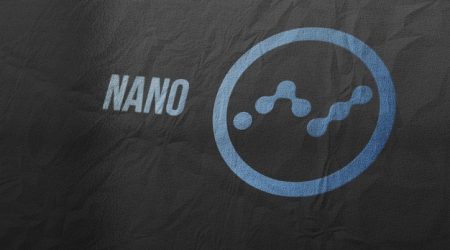
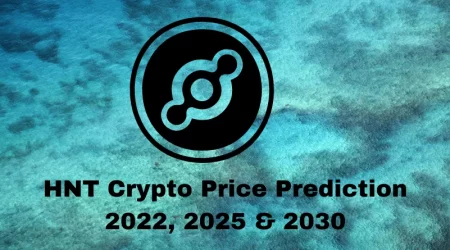
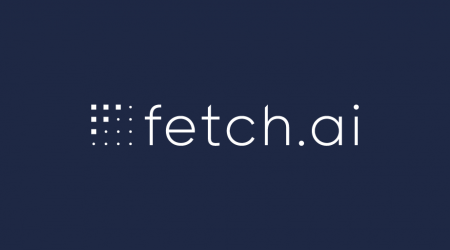
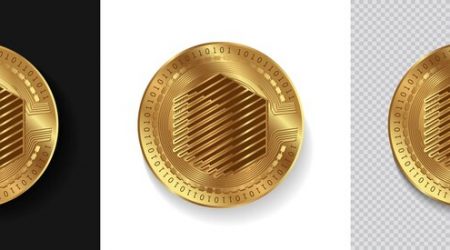

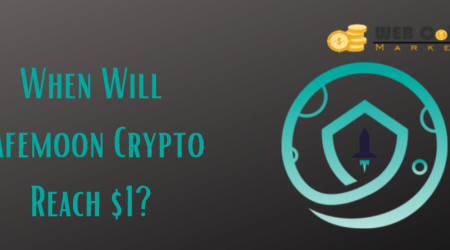
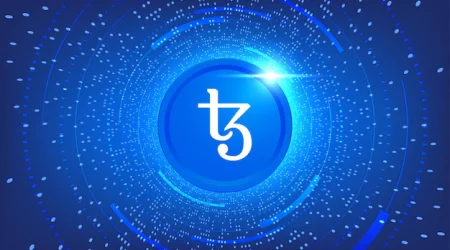
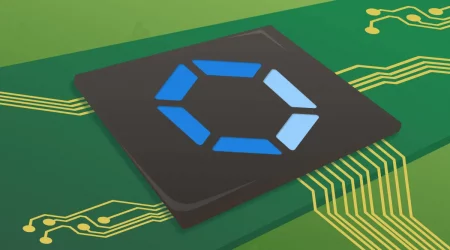
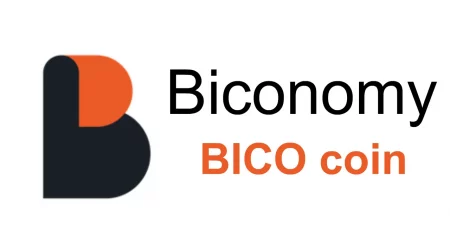
Leave a Reply